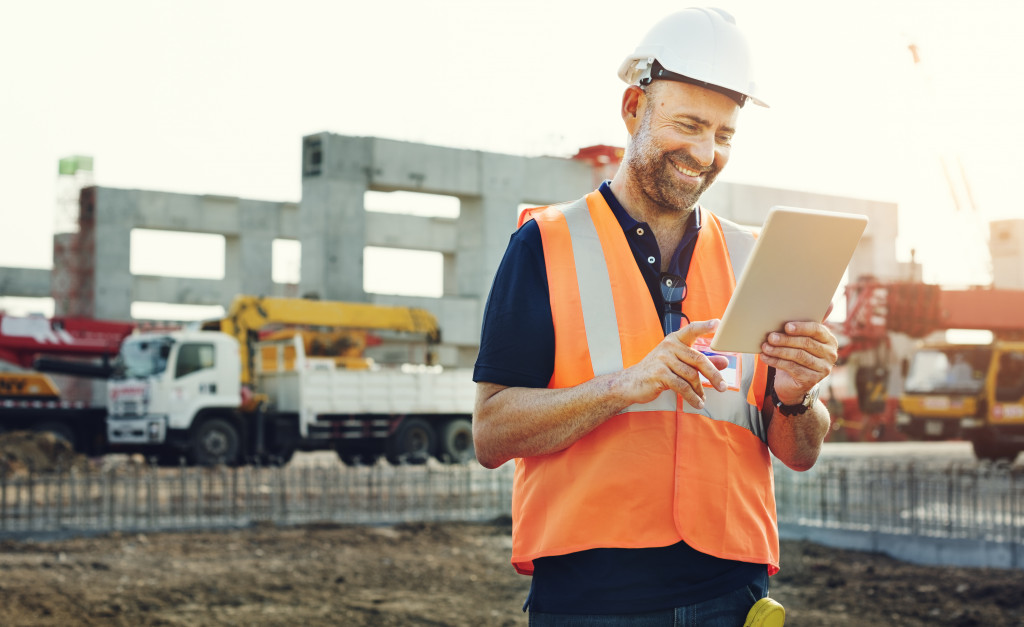- High-rise building construction involves a lot of risks that must be mitigated in order to ensure success.
- To reduce risk, high-quality materials should be used, soil tests conducted, experienced contractors hired, and safety plans created and enforced.
- Environmental hazards can also be significant, so environmental assessments and protection measures must be employed.
- Budget and time overruns should also be avoided by creating a comprehensive plan, monitoring progress, and allowing for flexibility.
- Design and engineering errors can lead to structural failures or safety issues, so experienced architects and engineers should be hired.
High-rise building construction is a complex process that involves a lot of risks. For real estate investors and developers, it’s crucial to be aware of these risks as they can significantly impact the project’s success. In this blog, you will learn about common risks in high-rise building construction that you should be aware of. You’ll also learn how to mitigate these risks and ensure a successful outcome for your project.
Foundation Issues.
The foundation of a high-rise building is crucial, as it has to support the entire structure. Any problems with the foundation can lead to structural damage, which can be expensive and time-consuming to fix. This risk can be mitigated by investing in high-quality foundation materials, conducting thorough soil tests, and hiring experienced contractors. Additionally, constructing a deep foundation can help ensure the stability of the building.
Safety Concerns.
High-rise construction sites are inherently dangerous, and safety is a significant concern for workers and visitors. To mitigate this risk, it’s essential to do the following four things:
Create a comprehensive safety plan.
A comprehensive safety plan should include hazard identification, risk assessment and control strategies, emergency procedures, and employee training. This should be reviewed regularly to ensure that it remains up-to-date.
Enforce safety regulations.

It’s essential to enforce all safety regulations at the construction site to avoid accidents. This should include ensuring that there are adequate safety officers on site at all times.
Invest in quality equipment.
High-quality construction and safety equipment is essential for any high-rise building project. Investing in the best quality materials will help to ensure that the site remains safe at all times. This is especially important when it comes to lifting applications, as these can be particularly dangerous. Investing in ergonomic lifting equipment will help to reduce the risk of accidents. High-quality spreader beams, lifting tongs, plate clamps, and spreader frames are all essential.
Ensure compliance with local laws.
Local laws and regulations should be strictly followed to ensure that all construction activities are conducted properly. This includes obtaining the necessary permits and ensuring that buildings meet relevant safety standards.
Safety concerns are an essential risk in high-rise building construction and must be addressed to ensure a successful outcome.
Environmental Hazards.
High-rise buildings can have a significant impact on the surrounding environment, and construction can also be vulnerable to environmental hazards such as storms, floods, and earthquakes.
It’s essential to conduct thorough environmental assessments, develop contingency plans for potential hazards, and invest in high-quality environmental protection measures. Additionally, working in cooperation with local authorities and taking a proactive approach to environmental protection can help reduce the risk of environmental damage.
Budget and Time Overruns.
High-rise construction projects can be expensive and time-consuming, and budget and time overruns can quickly become significant risks. To mitigate this risk, it’s essential to develop a comprehensive plan that includes a detailed budget and timeline, regular monitoring of progress, and regular communication with contractors and stakeholders.
Additionally, it’s essential to build some flexibility into the timeline and budget to allow for unforeseen challenges. For example, if the building plans change during construction, it may be necessary to adjust the timeline and budget.
Design and Engineering Errors

Design and engineering errors can be costly and time-consuming to fix, and they can also lead to safety issues or structural failures. It’s essential to work with experienced and reputable architects and engineers who have a track record of success in high-rise construction projects. It’s also crucial to prioritize thorough testing and analysis of the design and engineering plans before construction begins.
High-rise building construction is a complex and risky endeavor, but it can be successful with proper planning and execution. By being aware of common risks such as foundation issues, safety concerns, environmental hazards, budget and time overruns, and design/engineering errors, real estate investors and developers can mitigate those risks to ensure their projects are successful. Investing in quality materials and hiring experienced professionals for the best results is also essential. With careful attention to detail throughout the process, you can create high-quality buildings that stand the test of time.
